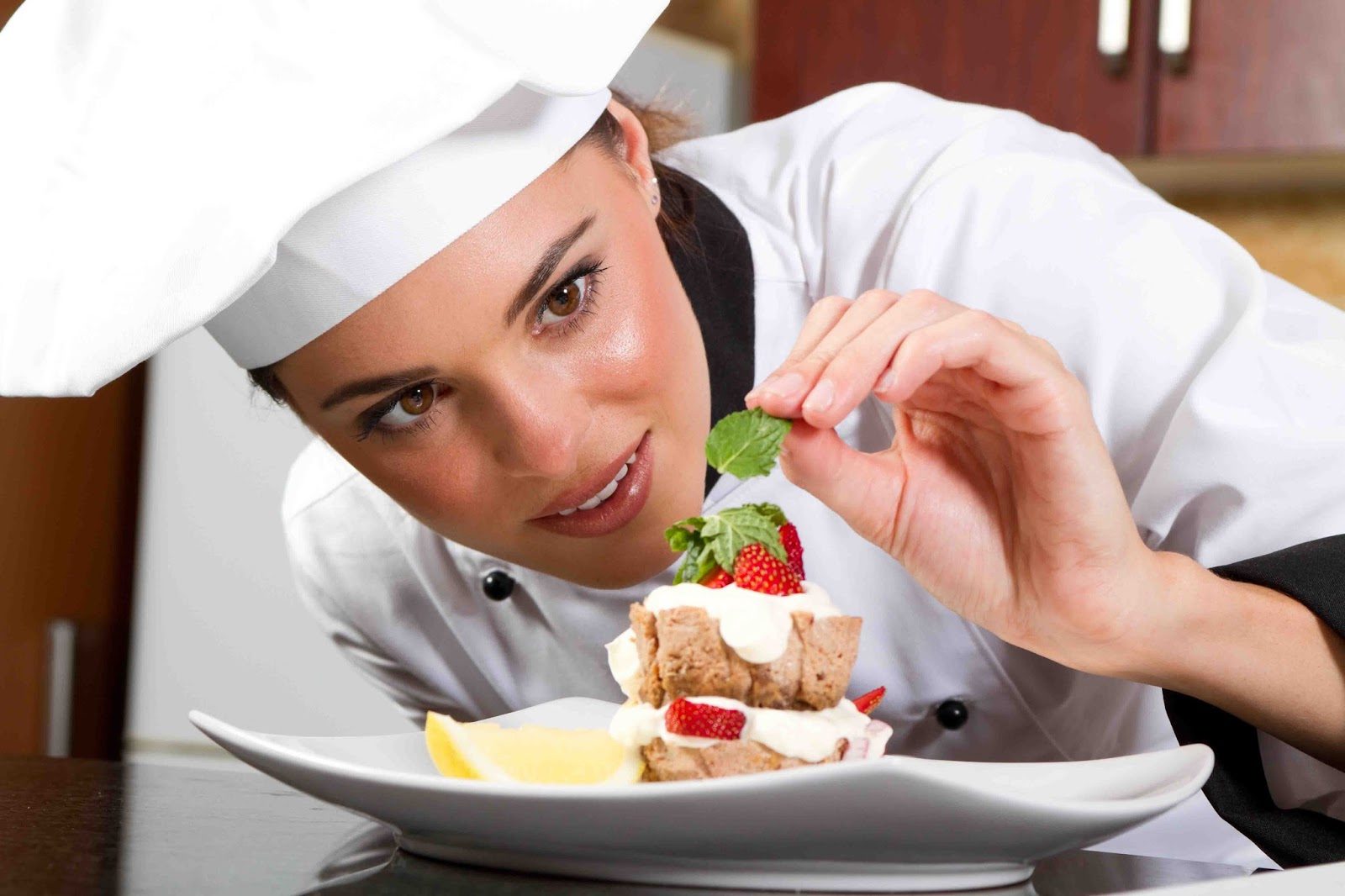When it comes to gastronomic preferences, the expression “there’s no arguing about taste” seems to be the most appropriate. And even with this in mind, French cuisine is considered a benchmark all over the world – both in terms of the sophistication of ingredients and the number of variants of their combinations, and in the attitude to the process of cooking as a true art. The life-loving French have even coined a special term art de vivre – The French even coined a special term, art de vivre, which implies a thoughtful process of selecting products, working magic on them in the kitchen, and actually eating with loved ones.

The French take the study, preservation and development of their culinary traditions very seriously, as the 32-volume encyclopedia “Gastronomic France” amply demonstrates. It describes in detail the three main types of cuisine: – cuisine bourgeoise – “cuisine bourgeoise”, which includes the most common dishes throughout the country; – cuisine régionale – regional or provincial cuisine, a great chance to get to know the gastronomic traditions of certain regions; – haute cuisine – haute cuisine, for those who understand gourmet delights. In addition, there are directions of improvisational cuisine, as well as new, or molecular cuisine – adapting classical recipes to modern ideas about healthy lifestyle. Surprisingly, the French manage to harmoniously combine their love of sport and wine. To get a clear idea of how they do it, it is worth booking an individual excursion to Burgundy with a tasting of the best wines.

A treasure trove of flavors and aromas
If you go on a gastronomic tour of the French provinces, you can experience firsthand how diverse the food habits are in different parts of the country:

– Provence – is spice, generous use of garlic and spices, bouillabaisse fish soup, octopus in white wine, baked artichokes with mushrooms,

– Brittany – oysters, lobster soup served with croutons sprinkled with grated cheese, famous crepes, artichokes,
– Normandy – duck stuffed with liver and stewed in red wine, mussels in cream, apple pie “tarte Norman” and apple brandy – Calvados;
– Burgundy – snails under parsley butter, rooster in red wine, round cheese cake;

– ChampagneChampagne – layered pies with game, matelot – a dish of fish stewed in Champagne, a delicious dessert sabayon;

– Alsace – all kinds of sausages, sausages, goose liver pate de foie gras, pike with pinot noir wine sauce. With all the diversity of regional gastronomic traditions, French cuisine has a number of common national features. The “three pillars” on which it is based are sauces, cheeses and wines. Spices and spicy herbs are equally indispensable ingredients of dishes. There are about three hundred varieties of cheese in France, which makes it possible to use them practically everywhere – from soups to desserts.

The French are unrivaled in inventing recipes for sauces, just as they are unrivaled in making wine. And wine not only becomes a pleasant addition to a meal, it is also used in the cooking process in a very active way.

Pearls of French cuisine
Almost every famous French dish has an interesting legend of its origin, and sometimes more than one. You don’t have to go far for an example– the name of the soup. bouillabaisse. Some believe the name of soup Bouillabaisse is derived from the word Bouillir – “to boil”, others adhere to the version that the author of the original recipe was a certain captain of a fishing boat Bess. Either way, the former soup of Marseille fishermen, cooked from fish and seafood not sold for the day, has now become one of the culinary attractions. This soup is a favorite of Michelin restaurants, as well as small bistros and cafes.

Equally mysterious is the history of the recipe’s creation. for onion soup – France’s gastronomic hallmark. A practical point of view suggests that most likely onion soup graced the table of the poor, who could not afford more expensive products. There is also an opinion that the phytoncide-rich vegetable was used as a prophylactic against colds by Roman legionaries. The most aristocratic version attributes the authorship of the recipe to King Louis XV, who allegedly “composed” the soup from products found in a hunting lodge: butter, onions and champagne.
The history of the tart Tarte Taten is one of the curiosities – it is believed that one of the owners of a small hotel, Stephanie Taten, mistakenly put caramelized apples into the baking dish first. Not having time to remake the filling, she covered it with pastry and sent the pie to bake in the oven. The result was great, loved by the guests, and soon the recipe went viral. Today, the upside-down pie is made with many kinds of filling: peaches, pears, even eggplant.
It was thanks to the French that many national cuisines were enriched with new recipes and culinary techniques. The words soufflé, croissant, cognac, confit, meringue, soup – these are all French echoes on Russian menus. To get acquainted with authentic dishes, spend a weekend in Paris, and we will help you book a table at the most popular establishments.
YOU MIGHT BE INTERESTED IN THIS::
- The history of Michelin stars and a list of the main Parisian restaurants.
- The 5 best Michelin restaurants in Paris
- 5 inexpensive restaurants in Paris





